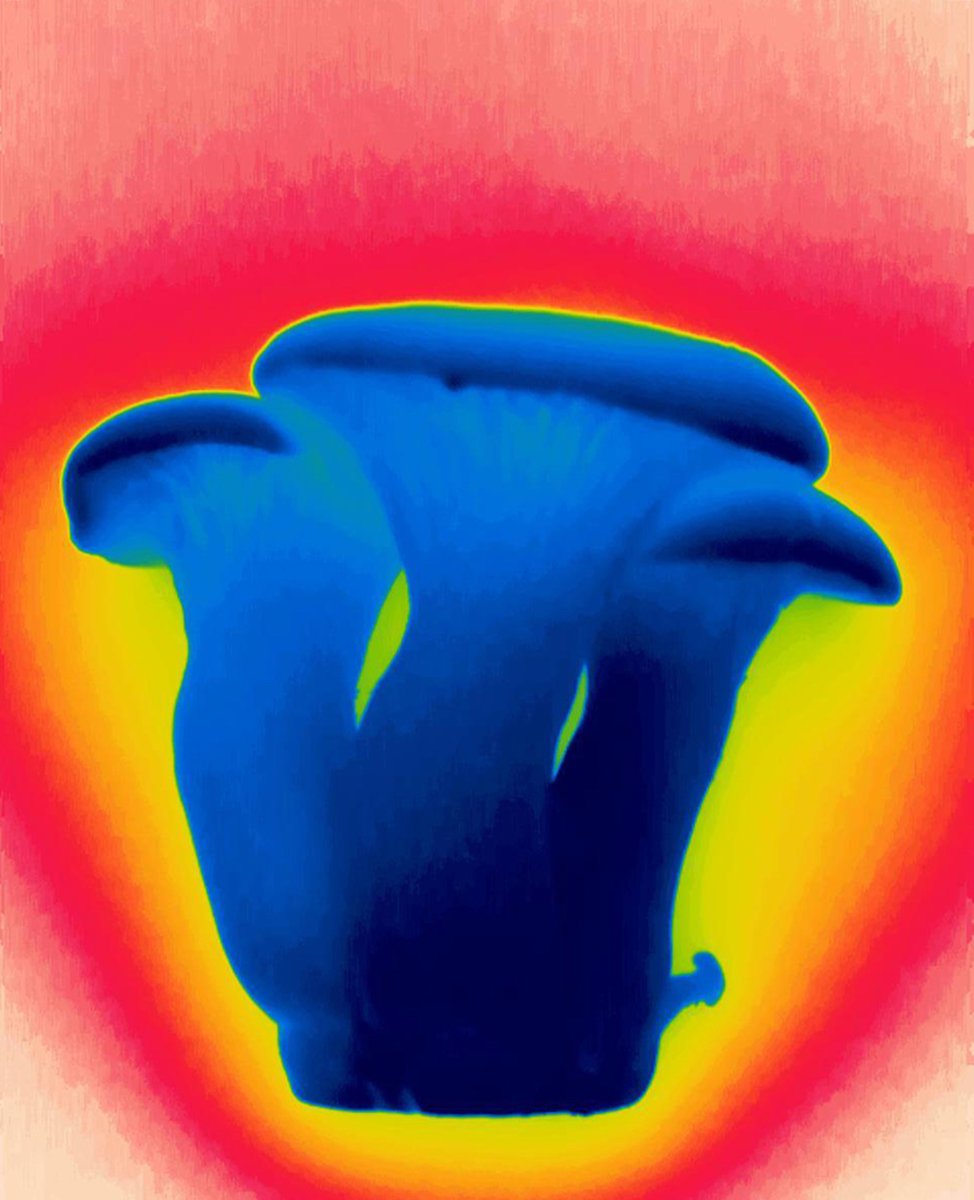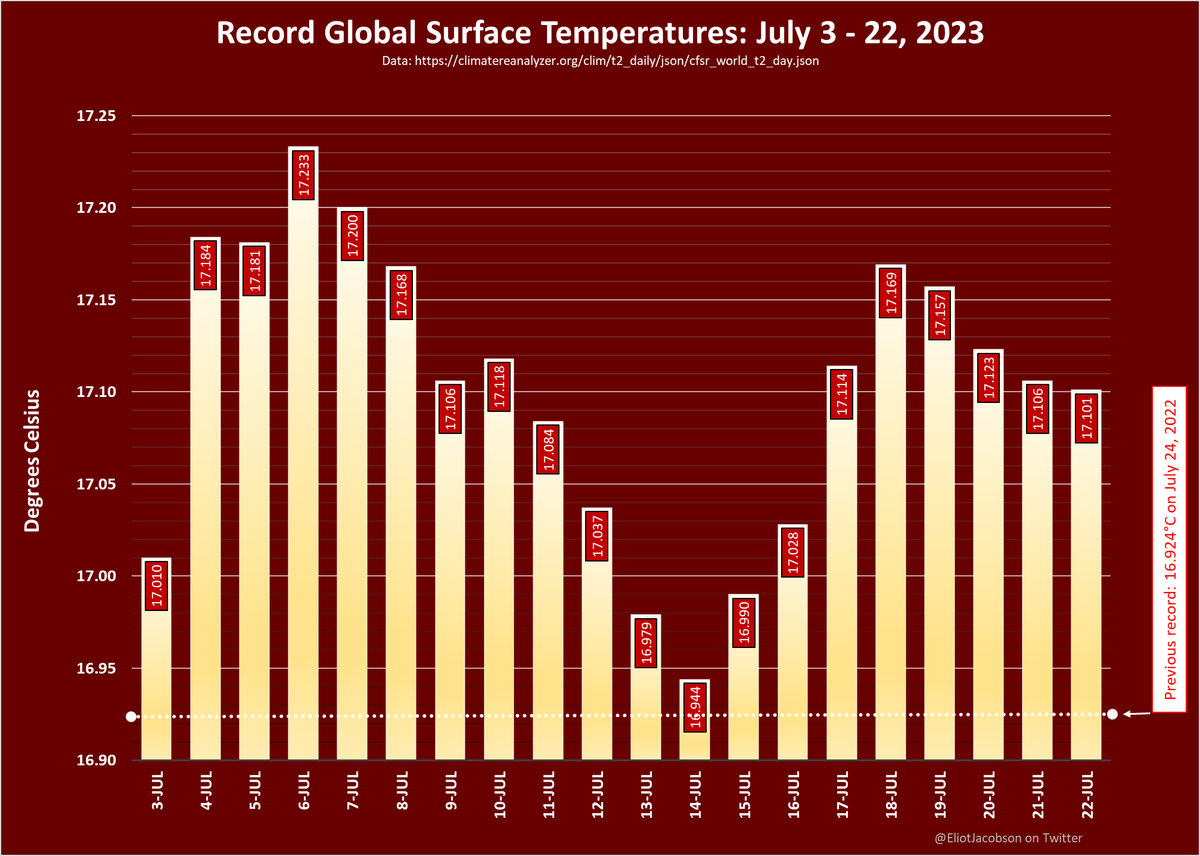
Radamés JB Cordero
@radajbcordero
PhD Microbiologist studying melanin biology and biotech applications @JohnsHopkinsMMI | @EinsteinPhD alumnus | #MushroomPaparazzi
ID: 148241281
http://www.linkedin.com/in/radamesjbcordero 26-05-2010 05:52:32
473 Tweet
494 Followers
0 Following

Can't believe this book is finally out! Hooray! Take a peek at me, Radamés JB Cordero, and Arturo Casadevall in Chapter 1, where we look at fungal infections during the first waves of the COVID-19 pandemic. novapublishers.com/shop/the-book-…

#FluorescenceFriday movie of septation and branch emergence in polarized hyphal cells of the #riceblast fungus. #Septins (magenta), cell-end marker (green) and cell wall (blue) labelled. Imaged by Audra Rogers.


Great summary of the hypothermic fungi story including how we got into this and the fun science of making the Mycocoler. It all began when Radamés JB Cordero took a walk on the woods with an infrared camera during COVID pandemic. science.org/content/articl…






The fungal kingdom is characteristically cold. In recent PNASNews paper Radamés JB Cordero, Ellie Rose Mattoon & Arturo Casadevall suggest mushrooms, yeast & mold can maintain colder temperatures than their surroundings. Each achieve hypothermia via evaporative cooling. pnas.org/doi/10.1073/pn…

Honored to be dubbed the "Mushroom Paparazzi" by the talented Andrea Hoferichter 📸🍄| MIT Technology Review heise.de/hintergrund/10… #MushroomPaparazzi

Great synthesis by Ethan Freedman pulling together the many strands that contribute to the story that the fungal kingdom is hypothermic. I like the idea of sweating fungi!...his insight! Radamés JB Cordero livescience.com/planet-earth/p…


Commentary in CellChemicalBiology calls our report of antibody (Ab) catalytic destruction of the spike protein 'a new paradigm in neutralization'. Catalytic Abs have been ignored for too long. I hope more consider Ab catalysis in other systems Andrew Pekosz pubmed.ncbi.nlm.nih.gov/37478826/





